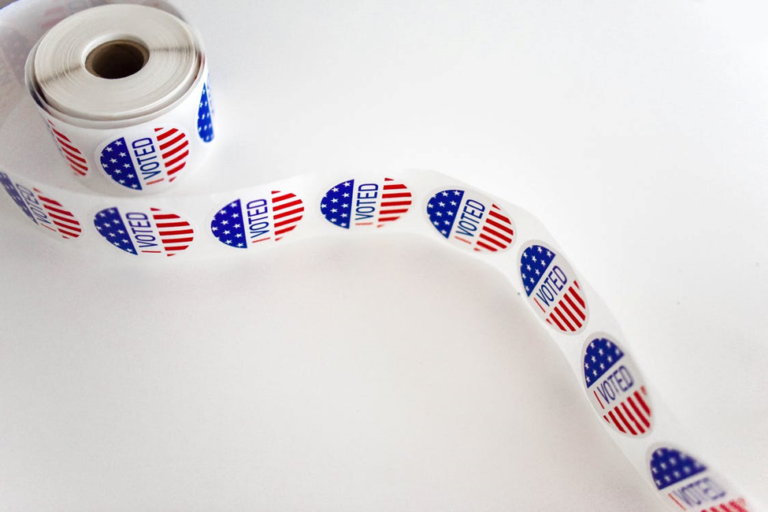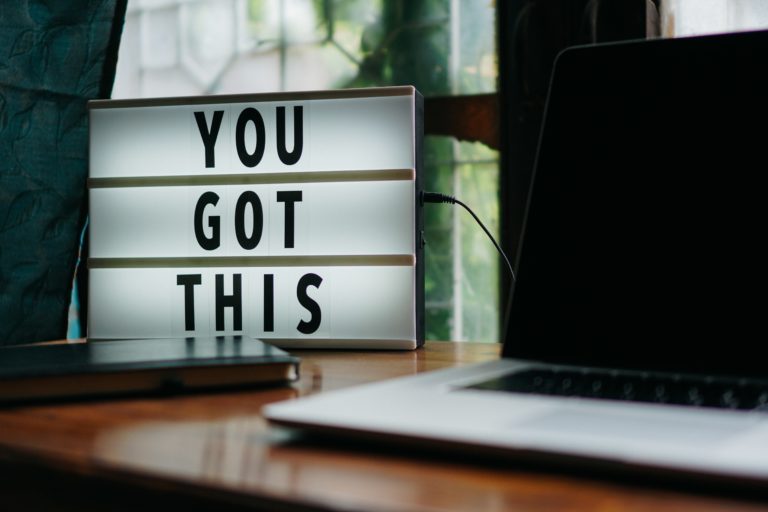With more women running for elected office than ever before, children today are more…
Women Candidates Are Becoming the Norm—But Gender Bias Hasn’t Disappeared from Politics

Last year, my local Boston political climate experienced a major paradigm shift—in a city that exclusively had white male Mayors since its founding, four women of color led the race for Mayor. Mayor Michelle Wu is now the first woman, first person of color, first Millennial, first daughter of immigrants, and first mom to lead Boston. While this was an unprecedented moment for my city, it also reflected a change happening across the country.
As record numbers of women run for and serve in office, elections between two women candidates are in turn becoming increasingly common. Just a few examples that could be consequential in this year’s midterms:
- Katie Hobbs and Kari Lake look likely to square off in a tight race for governor in Arizona.
- In Iowa, Deidre DeJear is likely to challenge Governor Kim Reynolds.
- Emilia Strong Sykes, a Democrat who co-founded an organization to help elect Black women, and Republican Madison Gesiotto Gilbert, a former Trump campaign spokeswoman, co-chair of Women for Trump in 2020, and Miss Ohio USA, are running in a “critical House race to watch” in Ohio.
- In Washington, military wife and mother Tiffany Smiley will challenge the original “mom in tennis shoes,” Senator Patty Murray.
The increased prevalence of races where there is no longer a “token woman” candidate is exactly why our team at the Barbara Lee Family Foundation decided to study woman vs. woman races in our latest research project, Shared Hurdles: How Political Races Change When Two Women Compete. I had expected to find that when two women run against each other, it cancels out much of the gender bias women face when they run against men. Unfortunately, I was wrong.
Shared Hurdles focus groups and dial survey revealed both progress and stubborn challenges for women candidates running against other women. For one, voters recognize that women running for office on either side of the aisle is no longer unusual. And half of voters view women as underrepresented in public office.
However, as we have seen in previous BLFF research, voters still hold women to high standards when it comes to qualifications, even without a male candidate in a race. In woman vs. woman races, voters demand to know why both women are qualified for office. Voters are also especially focused on a woman candidate’s appearance—participants in our focus groups immediately made judgments of women regarding their race, their clothing, and appearance, including their hair and posture. And voters were very sensitive to a woman “going negative” against her opponent, which can make differentiating policy positions—often necessary in a campaign—even trickier. Fortunately, there are ways women candidates can cut through the gendered noise. Voters indicated that women candidates can resonate with them by highlighting their professional experiences, sharing issue positions and showing issue expertise, and centering their messages on voters’ lives.
As we often see in our research, it’s important to note that voters did not necessarily view women of different races and political party through the same lens. We tested hypothetical woman vs. woman races using profiles of Asian American/Pacific Islander (AAPI), Black, Latina, LGBTQ, and white women candidates, varying party. Among our findings is that voters ascribe different strengths to women candidates based on their party affiliation. For example, voters give Democratic women an advantage on healthcare; they give Republican women an advantage on taxes.
For the immense progress that has led to more races between women candidates, women still comprise less than a tenth of governors and just a quarter of Congress. We have a woman Vice President, but no woman has ever held our nation’s highest office. This November might change that—we will be watching to see how women candidates fare at all levels of office and how gender dynamics continue to shift.






